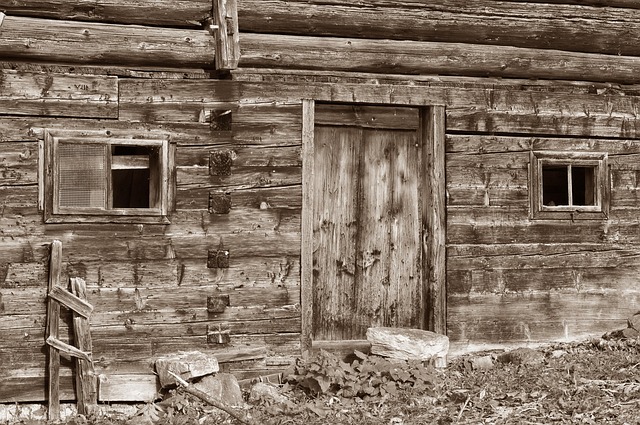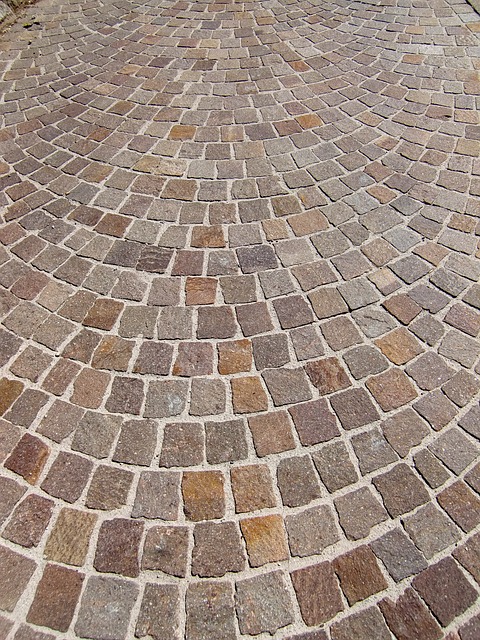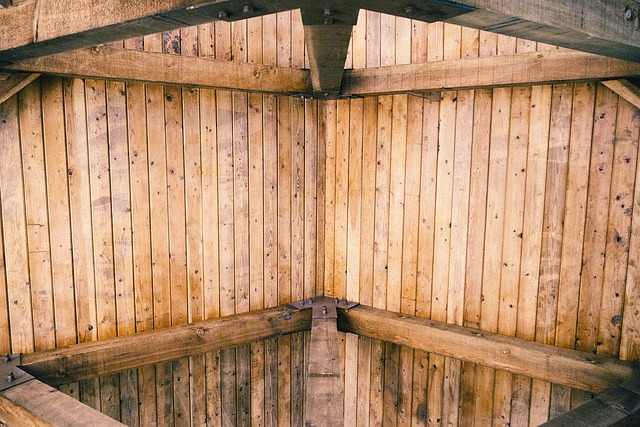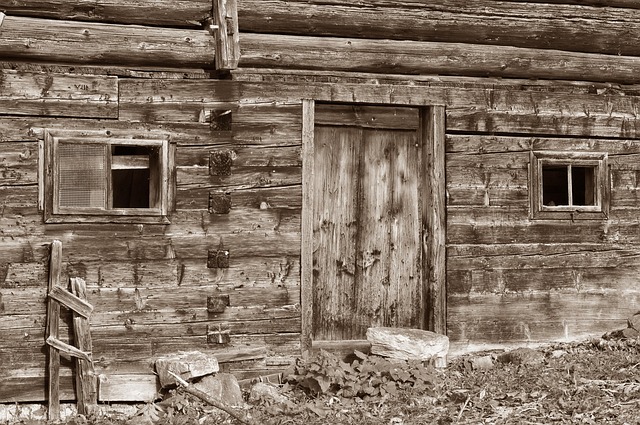Glue Laminated Beams (GLBs) offer advanced structural advantages over solid wood beams, including superior strength, dimensional stability, and resistance to moisture. They reduce waste and environmental impact while providing cost-effective customization. Compared to solid wood's natural beauty, GLBs enhance durability and longevity through innovative adhesive construction methods, making them a modern, efficient choice for load-bearing applications that prioritize structural reliability, sustainability, and budget-friendliness.
“Explore the enduring strength and performance of laminated wood beams versus their solid counterparts in this comprehensive review. We delve into the intricacies of Glue Laminated Beams, highlighting their construction and advantages, while examining the Solid Wood Beams‘ timeless traditional strength. Through a detailed long-term performance comparison, we analyze their environmental impact and cost-effectiveness, offering insights to guide structural choices for both builders and architects.”
- Glue Laminated Beams: An Overview
- Solid Wood Beams: Traditional Strength
- Long-Term Performance Comparison
- Environmental and Cost Factors
Glue Laminated Beams: An Overview

Glue Laminated Beams: An Overview
Glue Laminated Beams (GLB) represent a modern alternative to traditional solid wood beams, offering enhanced strength and durability while addressing some of the limitations inherent in natural solid wood construction. In a Glue Laminated Beam vs. Solid Wood: Strength & Durability Comparison, GLBs emerge as a compelling option due to their structural integrity and longevity. They are created by gluing together multiple layers of thin wood veneers, resulting in a beam with superior compressive strength compared to solid wood. This construction method not only increases the load-bearing capacity but also reduces the risk of splitting or warping.
When considering Which Beam Type: Solid Wood or Laminated for Structural Integrity?, GLBs offer several benefits over natural solid wood, including improved dimensional stability and resistance to moisture absorption. They are particularly advantageous in environments prone to humidity changes, ensuring structural reliability over time. Additionally, the Benefits of Glue Lamination vs. Natural Solid Wood Beam Construction include reduced waste, as the process efficiently utilizes all parts of the tree, making it an environmentally friendly choice. For cost-effective alternatives to solid wood, Cost-Effective Alternatives to Solid Wood: Laminated Beams Explained provide a compelling solution without compromising on structural performance. Visiting us at unalam.com anytime can offer further insights into these innovative construction materials.
Solid Wood Beams: Traditional Strength

Solid wood beams have long been the traditional choice for structural integrity, renowned for their strength and durability. When it comes to comparing glue laminated beams vs solid wood, the latter stands out in terms of raw power and natural beauty. Solid wood’s inherent properties make it a game-changer in load-bearing capacities, offering a timeless solution for architectural design.
However, glue laminated beams are not to be underestimated. They represent an innovative advancement in construction materials, providing cost-effective alternatives to solid wood while maintaining structural integrity. The benefits of glue lamination, such as enhanced durability and flexible customization, make it a compelling choice for modern building needs. By visiting us at unalam.com anytime, you can explore further how laminated beams are revolutionizing the industry, bridging the gap between traditional strength and contemporary construction techniques.
Long-Term Performance Comparison

In terms of long-term performance, Glue Laminated Beams and Solid Wood beams each present unique strengths and weaknesses. Glue Laminated Beams vs. Solid Wood: Strength & Durability Comparison reveals a significant advantage in structural integrity for laminated beams due to their advanced construction method. Adhesives used in lamination enhance the overall strength and longevity of these beams, making them a compelling choice for load-bearing applications.
When choosing between solid wood and laminated for structural integrity, it’s crucial to consider not just initial cost but also long-term performance. While solid wood offers natural beauty and aesthetic appeal, glue lamination provides enhanced durability and flexibility in design. For efficient construction and cost savings, laminated beams present a strong case, especially when considering their ability to withstand the test of time without compromising structural reliability. Give us a call at (607) 369-9341 for expert insights into your specific building needs.
Environmental and Cost Factors

When comparing Glue Laminated Beams vs Solid Wood, several environmental and cost factors come into play. Glue Laminated Beams offer superior strength and durability, making them a popular choice in structural applications. They are crafted by gluing together multiple layers of wood, creating a composite beam with enhanced stability. This process not only results in stronger structures but also reduces waste compared to solid wood production.
In terms of cost-effectiveness, Laminated Beams present a compelling alternative to natural solid wood. Their manufacturing process is more efficient, leading to lower production costs. Furthermore, laminated beams can be customized for specific projects, offering flexibility that solid wood may not provide. For instance, exploring the structural integrity of these beams on unalam.com reveals their potential in revolutionizing homebuilding while ensuring long-term stability and sustainability.
In comparing Glue Laminated Beams and Solid Wood Beams, the former offers a compelling alternative with its superior long-term stability, enhanced structural integrity, and reduced environmental impact. While solid wood beams hold traditional appeal, laminated beams are poised to revolutionize construction with their consistent performance, cost-effectiveness, and minimal waste. This review underscores the growing importance of considering Glue Laminated Beam vs. Solid Wood Beam choices for durable, sustainable, and efficient building practices.














